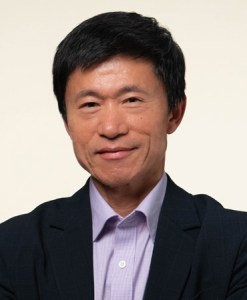China’s external policies, including capital controls, managed exchange rates, and sterilized interventions, constrain its monetary policy options for maintaining macroeconomic stability following external shocks. We study optimal monetary policy in a dynamic stochastic general equilibrium (DSGE) model that incorporates these “Chinese characteristics.” The model highlights a monetary policy tradeoff between domestic price stability and costly sterilization. The same DSGE framework allows us to evaluate the welfare implications of alternative liberalization policies. Capital account and exchange rate liberalization would have allowed the Chinese central bank to better stabilize the external shocks experienced during the global financial crisis.
About the Authors
Zheng Liu is a vice president and director of the Center for Pacific Basin Studies in the Economic Research Department of the Federal Reserve Bank of San Francisco. Learn more about Zheng Liu
Mark Spiegel is a senior policy advisor in the Economic Research Department of the Federal Reserve Bank of San Francisco. Learn more about Mark Spiegel

